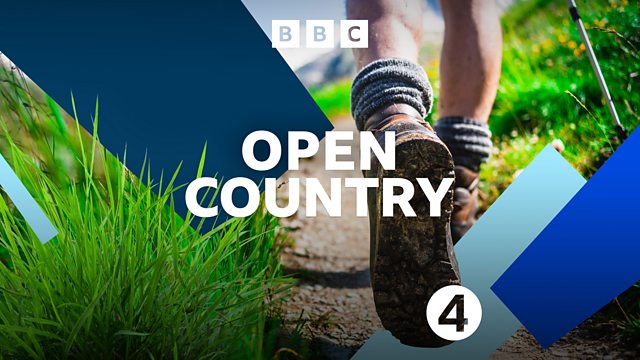22/12/2011
In 1951, a project began to research the largest English colony of grey seals. Jules Hudson visits the Farne Islands to find out how the seals have changed the landscape.
This is one of the busiest times of year on the Farne Islands off the Northumberland Coast. Almost 1,500 seal pups are being born and almost half of these will die in their first three weeks. Since 1951, wardens have been counting and tagging the pups born on the Farne Islands. During this time, the number of pups born has trebled, from 500 to 1499, making it the largest English colony of Atlantic grey seals.
When the survey began, scientists knew almost nothing about how seals bred, what they ate or where they went during the winter. Those early studies on the Farnes were groundbreaking, setting the standard for all later seal research around the world.
The local port, Seahouses, used to be a major fishing town. During the 1960's and 70's, thousands of seals were shot because they were thought to be a threat to local fish stocks. Now the town relies more on tourism than fishing.
Jules Hudson visits the Farne Islands to find out more about the research project and to investigate the impact the seals are having on the fishing industry and the local area.
Last on
More episodes
Next
Broadcasts
- Thu 22 Dec 2011 15:00大象传媒 Radio 4
- Christmas Eve 2011 06:07大象传媒 Radio 4
Podcast
-
![]()
Open Country
Countryside magazine featuring the people and wildlife that shape the landscape of Britain


